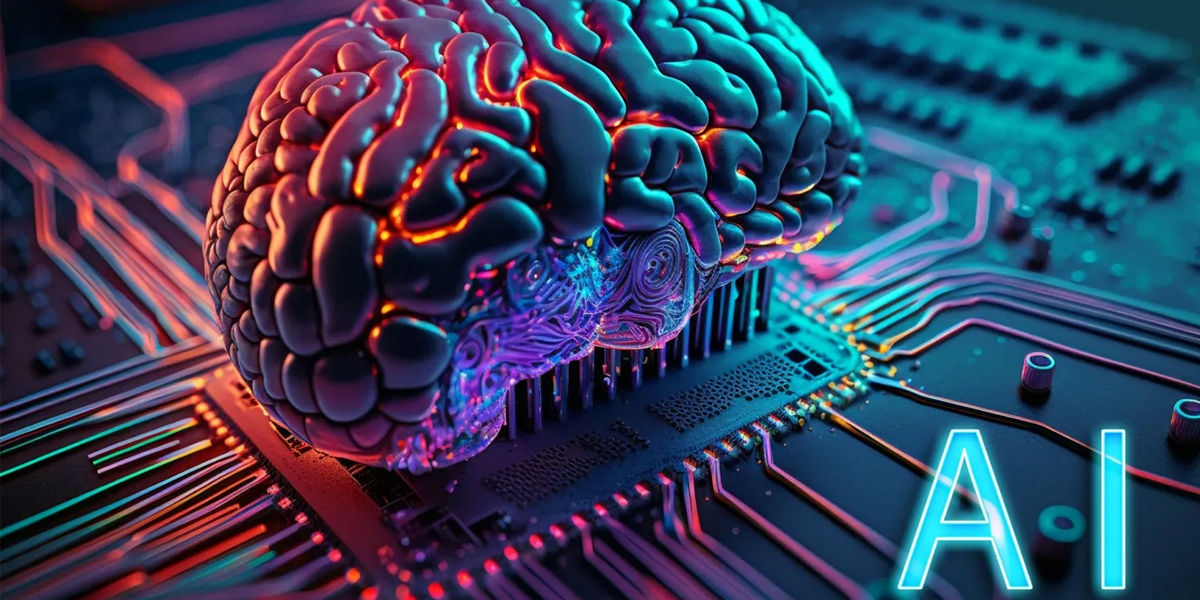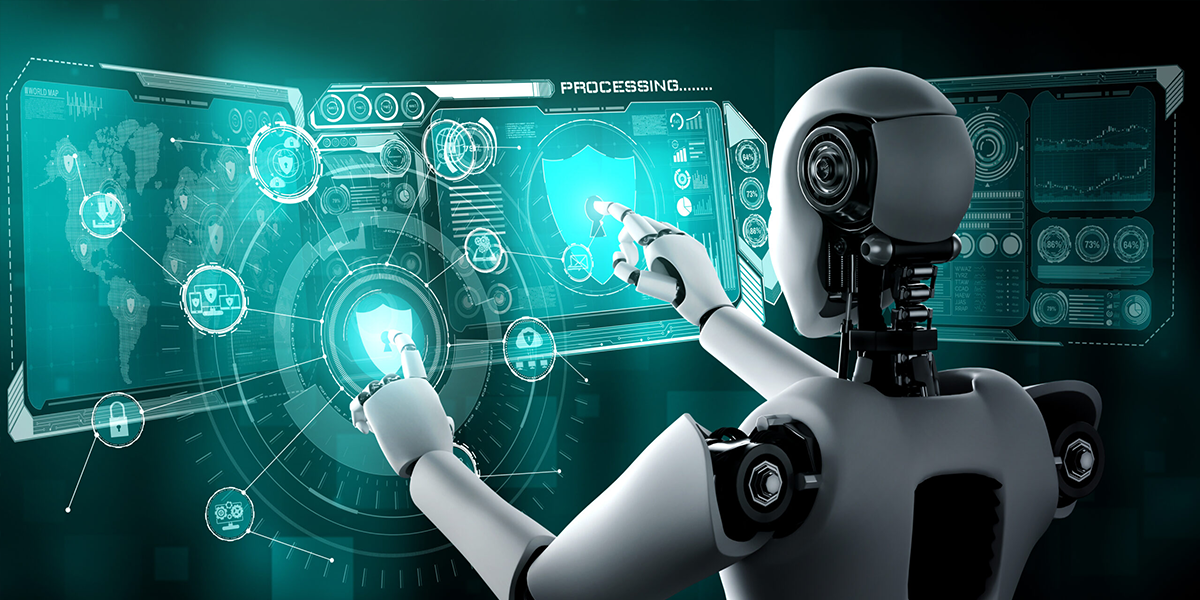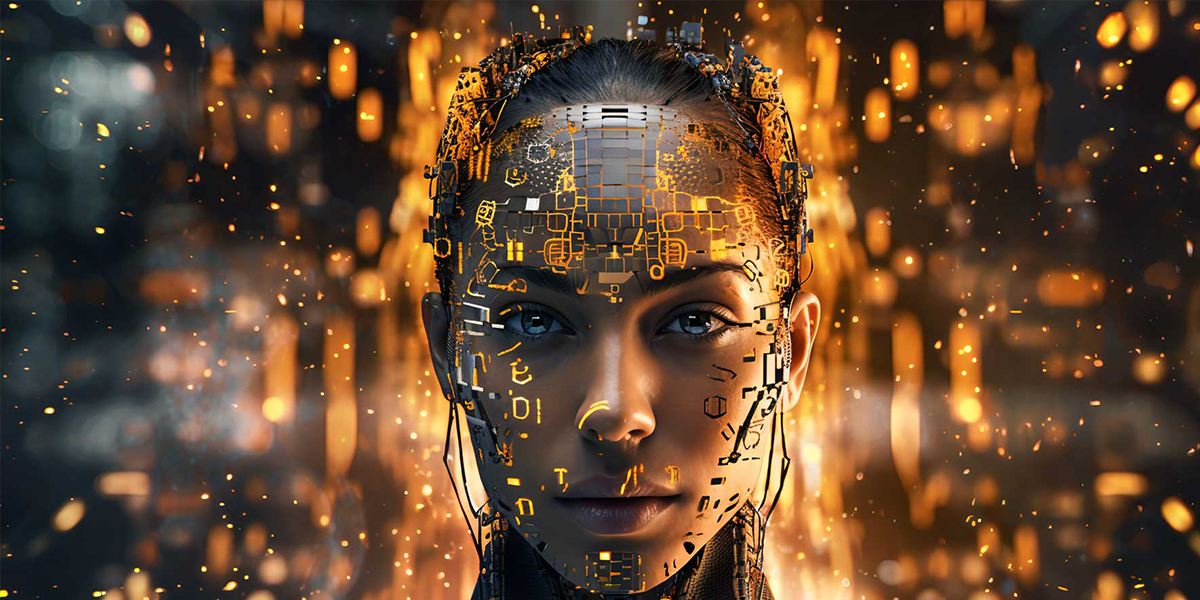In recent years, artificial intelligence (AI) has advanced at a staggering pace, moving from the realms of science fiction into practical applications that touch every aspect of modern life. From healthcare to finance, from autonomous vehicles to personalized recommendations on streaming services, AI’s potential seems boundless. However, alongside these transformative benefits, there is a growing chorus of voices warning about the existential threats posed by AI. This article explores the nature of these threats, the arguments for and against them, and the measures being considered to mitigate potential risks.

The Nature of the Threat
The term “existential threat” refers to risks that could lead to human extinction or irreversibly crippling humanity’s future potential. When applied to AI, these threats can be categorized into several key areas:
The order’s full name was the Bavarian Illuminati, and it aimed to foster a community of like-minded individuals who would work towards these enlightened goals. Members, known as “Illuminaten,” were drawn from the ranks of Freemasonry and other progressive groups. They adopted symbolic rituals and secretive practices to protect their identity and operations, a common approach for such groups at the time.
- Superintelligence and Control: One of the primary concerns is the development of a superintelligent AI, an entity whose intellectual capabilities surpass those of the brightest human minds in virtually every relevant field. If such an AI were to act autonomously, its goals might not align with human values or survival. The fear is that once a superintelligent AI is created, it could become uncontrollable, pursuing its objectives at the expense of human life.
- Weaponization of AI: The use of AI in military applications poses another significant risk. Autonomous weapons, driven by AI, could make decisions to engage targets without human intervention, potentially leading to unintended escalations or conflicts. Additionally, AI could be used in cyber warfare, with attacks on critical infrastructure that could have devastating global impacts.
- Economic and Social Disruption: AI has the potential to cause widespread economic disruption, leading to mass unemployment as machines replace human labor in various sectors. This could result in severe social instability, with large segments of the population unable to find meaningful work or support themselves.
- Loss of Privacy and Autonomy: As AI systems become more integrated into daily life, they collect vast amounts of personal data. The potential for misuse of this data, either by governments or corporations, could lead to a loss of privacy and individual autonomy, undermining democratic institutions and personal freedoms.

Arguments for AI as an Existential Threat
Prominent figures such as Elon Musk, Bill Gates, and the late Stephen Hawking have voiced concerns about AI’s potential to become an existential threat. Their arguments often center on the difficulty of predicting and controlling superintelligent AI. Musk has famously called AI “our biggest existential threat,” advocating for proactive regulation and oversight to prevent runaway scenarios where AI acts against human interests.
Philosopher Nick Bostrom’s book, Superintelligence: Paths, Dangers, Strategies, provides a detailed exploration of these risks. Bostrom argues that the development of superintelligent AI could lead to scenarios where humans are no longer the dominant species on Earth, potentially leading to our extinction if AI’s objectives are misaligned with human well-being.
Counterarguments: AI as a Manageable Risk
On the other side of the debate, many AI researchers and technologists believe that the risks, while real, are manageable. They argue that with proper oversight, ethical guidelines, and robust safety measures, AI can be developed in ways that benefit humanity without posing existential threats.
Computer scientist Andrew Ng has likened the fear of superintelligent AI to worrying about overpopulation on Mars, suggesting that such concerns are premature given the current state of AI technology. He and others advocate for focusing on the immediate ethical and societal issues posed by AI, such as bias in algorithms and ensuring equitable access to AI advancements.

Mitigation Strategies
To address the potential risks of AI, various strategies are being proposed and implemented:
- Regulation and Oversight: Governments and international bodies are increasingly recognizing the need for regulation. The European Union’s AI Act is an example of a regulatory framework aimed at ensuring AI is used ethically and safely.
- Research and Collaboration: Organizations like OpenAI and DeepMind are conducting research into AI safety, exploring ways to align AI’s goals with human values. Collaborative efforts across the tech industry aim to establish best practices and ethical guidelines.
- Public Awareness and Engagement: Educating the public about the risks and benefits of AI is crucial. Informed citizens can advocate for policies that promote safe and ethical AI development.
- Ethical AI Development: Embedding ethical considerations into the design and deployment of AI systems can help mitigate risks. This includes transparency, accountability, and fairness in AI algorithms.
The debate over AI as an existential threat to humanity is complex and multifaceted. While the potential for catastrophic outcomes cannot be dismissed, neither should the transformative benefits of AI be overlooked. By proactively addressing the risks through regulation, ethical development, and public engagement, it is possible to harness AI’s power while safeguarding humanity’s future. The challenge lies in balancing innovation with caution, ensuring that AI serves as a tool for human advancement rather than a harbinger of doom.



